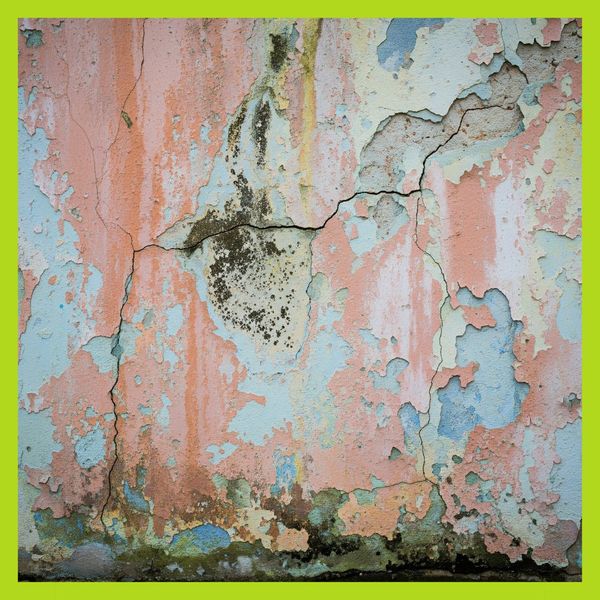As a team dedicated to maintaining the integrity and safety of properties, we've seen firsthand how seemingly small issues can escalate. One of the most common, and potentially serious, problems we encounter is mold. It’s more than just an unsightly nuisance; it can pose significant risks to both a building's structure and the health of its occupants. Recognizing the early signs of a mold problem is crucial. That's why we're sharing our expertise to help you identify when it's time to stop guessing and call in a professional.
4 Signs You Should Call a Mold Remediation Specialist

You Notice a Persistent, Musty Odor
One of the most reliable indicators of mold is a persistent, musty smell. This odor is often the first clue that mold is present, even if you can't see it. The smell is caused by microbial volatile organic compounds (MVOCs), which are gases produced by mold. If you notice a damp, earthy, or musty smell that doesn't go away, especially in areas like basements, crawl spaces, or bathrooms, it's a strong sign that you have a hidden mold problem that requires professional attention.

You're Experiencing Unexplained Allergic Reactions
Mold spores are a common allergen. If you or others in your building are suddenly experiencing unexplained allergy-like symptoms such as sneezing, a runny nose, itchy eyes, or skin irritation, it could be a reaction to mold. These symptoms may worsen when you're in a specific area of the building and improve when you leave. Since these symptoms can be easily attributed to other causes, it's important to consider mold as a potential culprit, especially if the symptoms are persistent.

You See Visible Signs of Water Damage
Mold thrives in moist environments. Therefore, any visible signs of water damage are a red flag for potential mold growth. This can include water stains on walls or ceilings, peeling or bubbling paint or wallpaper, and warped or discolored flooring. Even if you don't see mold itself, these signs of water intrusion indicate that the conditions are right for it to grow. Addressing the water issue is the first step, but a professional should also be consulted to check for any resulting mold.

You See Visible Mold Growth
This may seem obvious, but any visible mold growth, no matter how small, warrants a call to a specialist. What you see could be the tip of the iceberg, with a much larger colony hidden from view behind a wall or under flooring. Different types of mold can appear in various colors, from black and green to white and orange, and can have different textures. Attempting to clean it yourself without proper training and equipment can release spores into the air, spreading the problem further.
At Intermountain Cleaning and Restoration, we understand how the entire building envelope works together to prevent issues like water intrusion and mold. If you've noticed any of these signs, don't wait for the problem to get worse. Learn more about how we approach moisture and mold issues to protect your property. Explore our resources to see how our comprehensive understanding of building science can help you maintain a safe and healthy environment.
